The Apple Watch Series 7 offers the same suite of sensors as the Series 6. These include an accelerometer, a gyroscope, a heart rate sensor, a barometer, an always-on altimeter, a compass, an SpO2 sensor, and a VO2 max sensor. These sensors have a host of health and fitness tracking features, including blood oxygen monitoring, heart rate monitoring, sleep tracking, fall detection, workout tracking, and more. If you have a Series 3 or 4 and upgrade to the Series 7, you'll absolutely have a brand new experience. All of a sudden, you'll get SpO2 readings, an always-on screen, faster charging, speedier performance, and a bigger display. (Though, personally, I'd probably hold out for the Series 8.) If you have a Series 5 or 6, it's not really worth upgrading—unless you're someone with low vision or suffer from eye strain.
Then I'd say the bigger text sizes and display are worth the investment. If you've never used a smartwatch and want to test the waters, I still recommend the cheaper Watch SE. The difference here is the recharge speed, which is improved quite a lot on the new smartwatch. Apple says the new Watch Series 7 charges up to 33% faster than its predecessor thanks to a novel charging architecture, as well as a fast charging USB Type-C cable. According to Apple, the Watch Series 7 will take just 45 minutes to charge from 0% all the way to 80%, with an 8-minute rendezvous with the charger allegedly allowing for up to 8 hours of sleep tracking. That's a great improvement in comparison with the Watch Series 6, which has the same battery life but charges slower.
Still, this might be a non-issue if you charge your smartwatch overnight anyway. The S7 SiP with 64-bit dual-core processor is up to 20% faster than the S5 in Apple Watch SE.11 The always-on altimeter detects your elevation in real time. The S7 SiP with 64-bit dual-core processor is up to 20% faster than the S5 in Apple Watch SE.12 The always-on altimeter detects your elevation in real time.
The Apple Watch Series 7 (starting at $399) is Cupertino's latest flagship smartwatch. The Series 7 is Apple's most attractive and durable wearable yet, and an Editors' Choice award winner. Now, although Apple will not officially sell the Apple Watch 6, users can still buy the previous-gen Apple Watch from third-party resellers until stocks last. So, which one should you get if you are in the market for an Apple Watch? Well, if you want the latest and greatest from Apple, we recommend you go for the latest Apple Watch 7. The larger display, dust resistance, and faster charging are reasons enough to convince prospective buyers.
Otherwise, if you don't care much about these minor upgrades and just want the Apple Watch experience, go with Apple Watch 6, which will now sell at reduced prices. The Apple Watch Series 7 is a minimal upgrade on the inside, but the new larger display with thinner bezels looks gorgeous. While it has the same battery life as last year's model, the Series 7 has a USB-C charging cable included in the box that charges the watch up to 33% faster, so you'll spend less time juicing up than before. It also features an always-on display and QWERTY keyboard, and the blood-oxygen and electrocardiogram sensors are welcome additions. On top of that, Apple claims that it's making sustainability a key element of the Series 7, having used a variety of recyclable materials—such as tungsten, tin, and aluminum—in the watch's design. Ever since then, we've seen moderate updates that are great, but overall incremental year-to-year.
The Series 5 brought us the always-on display, the Series 6 added the SpO2 sensors, and the budget-oriented Watch SE was arguably novel in that it offered a bunch of features for less than the flagship watches. And now, the Series 7 adds a bigger screen and faster charging. So, the difference between the two generations of Apple's smartwatches boils down to the importance placed on the larger display, the reduced charging time, water-and-dust resistance, and color options. If one has already made up one's mind, there is no persuading otherwise. It lacks fairly basic features like interval sessions and heart rate alerts.
The 6 and 7 have the same array of sensors, including a blood oxygen sensor, an electrical heart sensor, a third-generation optical heart sensor, GPS, and a barometric altimeter. I was hoping the addition of legitimate sleep tracking would have meant a more aggressive approach to battery life, especially as some of the competition are touting multiple days on a single charge. What we do get, at least, is a new USB-C magnetic charger that is 33% faster than the one on the Series 6, giving you an 80% charge in around 45 minutes. What that means in practical terms is a full night's charge in less than 10 minutes. So if you're strategic about charging, you can effectively wear it day and night. Battery life on both is a full day's usage, so overnight charges are required, but you won't be buying the series 6 for extra battery life.
Although the SE doesn't have ECG or blood oxygen monitoring, it has the same heart rate capabilities and neat features like Breathe, a one-minute mindfulness app, as the series 6. I'm only scratching the surface here, as I haven't mentioned sleep tracking, dozens of workout plans, Apple's Fitness+ service, noise alerts, and the mindfulness app yet. The Series 7 brings a number of incremental changes to the familiar Watch form factor, including better durability, in the form of IP6X-standard dustproofing, as well as a larger display. The Series 7 Watch also offers faster charging, although battery life remains the same, at 18 hours. Series 7 will replace the Series 6 as Apple's top-tier offering, with prices starting at $329 – Series 3, and the SE will also stay in the lineup, as more affordable choices.
Whether the charging update represents an important improvement really depends on how you use your Apple Watch. If you take it off when you go to bed and slap it on the charger, you'll hardly notice the change. Apple has also made some significant improvements to battery life and charging on the Apple Watch Series 7.
The company claims that the new smartwatches offer 18-hour all-day battery life, along with 33% faster charging than the previous model. The Apple Watch Series 7 builds upon its class-leading predecessor with a larger screen, faster charging, and improved durability. Between the hardware updates, ample health and safety features, and unrivaled third-party app selection, it offers the best smartwatch experience you can get today, earning it our Editors' Choice award. This is Apple's most powerful smartwatch yet and it features upgrades like a bigger screen, dust resistance, faster charging and more. But taking a deeper look at the differences between the Watch Series 7 andSeries 6, it doesn't seem like a major upgrade. We tell you what has changed and what remains the same in this detailed comparison.
It's worth noting that all of these features - except the always-on altimeter - can be found on the Series 4 and 5 too. At the same time, Apple's ongoing dedication to Apple Watch's rectangular design heritage is appreciated. Apple's focus on maintaining all-day battery life despite larger power requirements, like a brighter and larger screen, is also something that can't be ignored. Apple watch SE looks identical to series 6 and works largely the same, though it lacks some of the extra features and more powerful processor on the flagship watch. The display is not always-on, as on series 6, so to see the time, or whatever's on the screen, you need to raise your wrist. The Apple watch is completely reliable at illuminating the screen with the slightest movement, unlike some rival gadgets, but it's not quite as slick as series 6.
But in everyday use, there's precious little difference between the two models, and the SE is more than £100 cheaper. That said, the new Series 7 is the best Apple Watch to date and unquestionably the best smartwatch for an iPhone. You will be happy with the faster charging and a more durable case design, yet the only difference you might notice is 20% more screen real estate compared to Series 6. The Watch Series 7 has a new charger, complete with fast charging, and is easily recognizable compared to the older versions due to the silver case. It provides an 80% charge in 45 minutes according to Apple, but when plugged into the Apple fast charger, it exceeds this, getting to about 88% in that time.
There is also has a handy feature where an eight-minute charge will return eight hours of sleep tracking. While battery charging is zippy, at 18 hours battery life, you're still probably going to need to top up the battery in the AM if you've been using the sleep-tracking function. It was also rumored that Series 7 might get a non-invasive optical sensor glucometer , but it looks like that's also a bit further down the road. We still, of course, have the blood oxygen and ECG sensors from the Series 6. An integrated blood pressure monitor would be a killer app for a smartwatch but so far, hardware size and power requirements seem to mean we'll have to keep waiting.
Other than this, the Apple Watch 7 display is also 70% brighter vs the Apple Watch 6 display in terms of the always-on display. That means you will be able to check the time more easily when idle in comparison to the previous-gen model. Plus, Apple has redesigned some of the UI elements on the Series 7 to utilize the larger screen area. For instance, you now have larger on-screen buttons, can read long texts in one go, new in-depth activity complications, and quirky watch faces to match the larger curved display on the Series 7. Moreover, unlike the previous-gen model, Series 7 features a full keyboard with swipe support to input texts.
On a more positive note, thanks to its new charging architecture, the Series 7 juices up quickly. With its new USB-C compatibility, the watch charges 33% faster than the Series 6. Just 45 minutes on its fast-charging puck takes it from dead to 80% battery life. If you're running low on battery life at the end of the day, popping it on the charger for just eight minutes gives you enough juice for eight hours of sleep tracking.
Overall, the Apple Watch Series 7 is a minor upgrade over the Apple Watch Series 6, offering larger displays and casing sizes, new color options, improved durability, the S7 chip, and faster charging. These features are mostly iterative improvements rather than major reasons to upgrade, and the Series 7 does not add any new functionality. Termed as Apple's "most durable watch ever" at the launch event by the tech company, it offers new tools for health and wellness, including an electrical heart sensor and ECG app. You can also measure your blood oxygen on Apple Watch Series 7. Along with other innovations like mindfulness and sleep tracking apps to keep you healthy from head to toe.
The health and fitness tracking is comprehensive, detailed, accurate, and in my case, total overkill for my needs — and that's a good thing. It means should I decide to do more, the Watch will be ready without the need to upgrade. Or I use the app selection mode by pressing the lower button on the Watch to leap straight into the workout app. It takes seconds, which as a casual exerciser, is what I want. You're also getting faster charging support to slightly make up for sticking to the same 18 hour battery life.
The Series 6 has slightly faster charging — in my tests it was charging from zero to 100 percent in a little over two hours, while the Series 5 hit 80 percent. That's a fairly minor bump, but it is marginally useful since more people will be looking to charge it at in-between times so they can take advantage of the new sleep tracking features in watchOS 7. Compared to the Watch SE though, the Series 6 only adds an always-on display, ECG, blood oxygen monitoring, a faster processor and the U1 chip.
In terms of the Series 7, a bigger display is added, but otherwise the features are almost identical to the Series 6. Thanks to the larger display on the Series 7, it also offers a full keyboard with QuickPath for replying to messages. The bigger screen does look great and gives the Series 7 the ability to have a full QWERTY keyboard on your wrist. Yet, there aren't any new sensors or standout features to really wow us. A faster charge is a welcome addition, even though the battery life is still only about 18 hours. The Apple Watch Series 7 doesn't have an official release date yet, and by all indications, it's pretty similar to last year's model.
The most significant difference is the Apple Watch Series 7 has a bigger screen and thinner bezels, making the Apple Watch Series 6 screen look smaller side-by-side. Not to mention that the Series 7 comes in two slightly bigger case sizes — 41mm and 45mm — making the device just a bit bigger than the Series 6. Apple's new watch supports fast charging via a new USB-C charging cable, which Apple claims will charge 33 percent faster than the Series 6. When you need to charge it, Apple says it only needs to be connected to its charger for eight minutes to be able to cover eight hours of sleep tracking. However, in our testing, we didn't find it was all that much faster than the Series 6, which needed about 10 minutes.
Apple finally announced on launch day that the Series 7 has the same S6 processor as the Series 6 (though it's calling it the S7 due to some slight changes). But it's notable in that it's the first time Apple has 't updated the processor in a new model. The watches also both have the same LTE chip for cellular connectivity, so if you're looking for 5G, you'll need to wait for the Series 8. However, the Apple Watch 7 does take advantage of fast charging. Apple claims the watch is capable of charging 33% faster than previous Apple watches, offering around eight hours of sleep tracking from a quick eight minute charge. Noise monitoring is a feature that sends you alerts when the racket around you is loud enough to potentially damage your hearing.
The latest processor is only found in series 6 (Apple watch SE uses last year's chip, which is still pretty nippy). And if you are tracking your sleep, then you'll need to wear the watch at night and recharge it in the morning. Though both SE and series 6 can do this, the battery on the series 6 recharges more quickly. In terms of choice of design, health features and sheer power, Apple watch series 6 is head and shoulders above the SE – and every other smartwatch available.
The Apple Watch Series 7 has improved over the Series 6, even managing to feel like a worthwhile upgrade to last year's model for those who don't mind spending the money. It's also worth mentioning that Apple has not changed the price either, keeping it the same for the last few generations despite hardware and software improvements. However, the company did mention that the Apple Watch 7 will be able to fully charge up to 33% faster than its predecessor. Well, that's thanks to a new charging architecture and the faster USB-C charger in the box.
As per Apple, the Series 7 can charge up to 80% in 45 minutes and a 10-minute charge session could provide enough power for an 8-hour sleep tracking. The Apple Watch SE, in contrast to its more expensive counterparts, packs an optical heart rate sensor, fall detection, an always-on altimeter. Unlike the last few generations of flagship wearables, it does not have a blood oxygen sensor or an electrocardiogram. All the Watch models being compared here have built-in GPS, optical heart rate sensor, speaker, microphone, water resistance up to 50 metres, emergency SOS, gyroscope and an ambient light sensor. Secondly, in the case of the Series 7 , the Digital Crown has an electrical heart rate sensor built into it, which is in addition to the optical heart rate sensor on the underside of the watch.
The Watch Series 7 also has a blood oxygen sensor, like the Series 6, and it has reduced bezels surrounding the display, as well as an IPX6 dust resistance. As for fitness tracking, there are also no differences, at least on paper. The Series 6 has the same fitness- and health-tracking sensors as the newer watch. You get a pulse oximeter, ECG, standalone GPS, and an optical heart rate sensor on both models.
For users who already have an Apple Watch Series 6, the Series 7 probably does not offer enough to warrant upgrading unless you particularly want a larger display, faster charging, or improved durability. The design changes and new features are iterative rather than transformative, and there are no new major capabilities, so many Series 6 users may prefer to wait a little longer to upgrade. There is also the Apple Watch Series 3, which Apple sells for $199. This older model offers substantially fewer features and has a smaller screen. The Apple Watch Series 3 is still a capable device, with 8GB of storage, water-resistance up to 50 meters, an altimeter, Emergency SOS, and an optical heart sensor. Functionally, it is more pared back than the Apple Watch SE, being thicker with larger bezels.
If you find that you have little time to charge your Apple Watch during the day, the Series 7's faster charging could be an important reason to upgrade for you. Even so, both devices still have the same "all-day" 18-hour battery life and will need to be recharged every day. The Apple Watch Series 7 offers a number of upgrades and improvements on 2020's Series 6, offering a larger display with bigger casing sizes, faster charging, and the S7 chip, for a price starting at $399. Apple doesn't provide capacity specs, but the Series 7 Apple Watch has the same 18-hour battery life as prior models. That's enough to get you through the day, but if you want to do sleep tracking, you're going to have to charge the watch.
Any increase to screen size should be counteracted by a reduction in the surrounding hardware. This is achieved, in part, by a thinning of the bezels, down to 1.7mm. The black border hasn't gone away entirely here, but it's noticeably slimmer, even when compared to the Series 6. In spite of this, the company still had to increase the overall size of the case, from 40/44mm to 41/45mm. As someone who's had some issues with larger smartwatch cases in the past (I'm looking at you, Samsung), I didn't really notice a difference with the added millimeter here. I'm not sure I'll ever feel fully comfortable wearing a smartwatch to sleep, but your mileage may vary.
You'll get the same heart rate monitor, the same ECG sensor, and the same blood oxygen sensor. Again, that's not a huge deal — the Apple Watch is among the best fitness trackers out there. But I still would have liked to see things like the rumored glucose monitor or blood pressure sensor. If accurate, those kinds of features could help a lot of people. Although our experts haven't put the Apple Watch Series 7 through a full round of testing, they do have some early impressions that may help you decide whether buying one is worth it for you. If you're already an Apple Watch superfan and looking to take advantage of the Series 7's larger screen or faster charging time, it may be worth the upgrade.
But for casual users or those new to the Apple Watch, these updates may not make the Series 7 that much better than its Apple Watch predecessors. Apple claims that the Series 7 can charge up to 33% faster than the Series 6 bundled with an all-new charging architecture. Using the new Type-C cable charger, the watch can charge from 0-80% in just 45 minutes, and an 8-minute charge can enable up to 8 hours of sleep tracking. Despite Apple's claims of improved battery life in the Apple Watch 6, the S6 chipset failed to live up to its expectations of longer battery life.
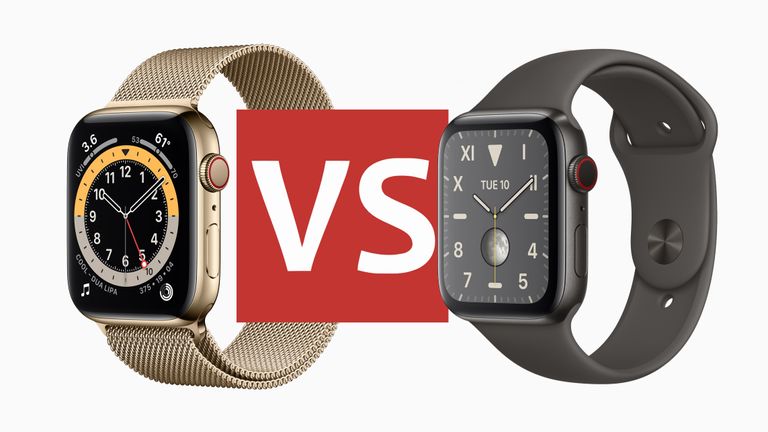


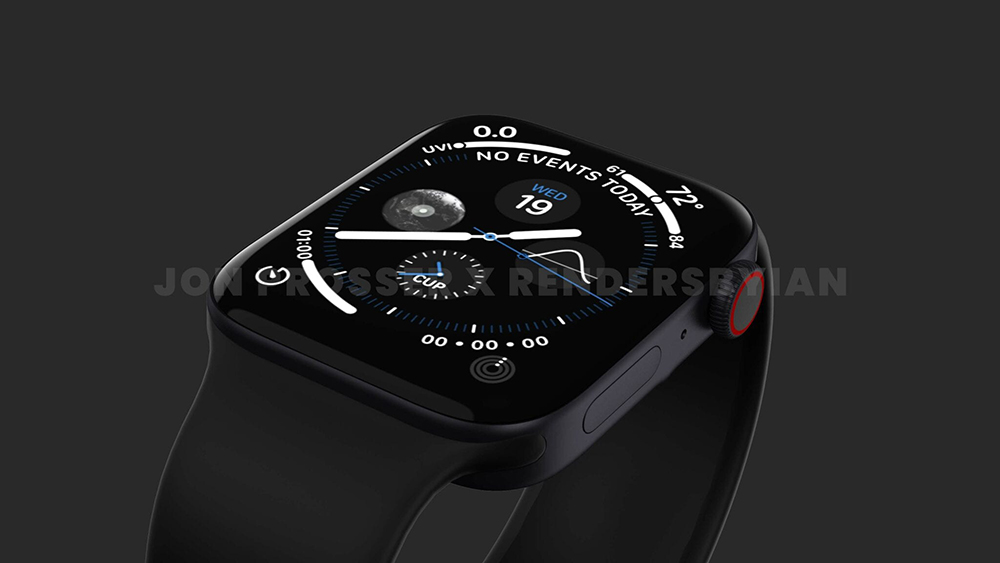

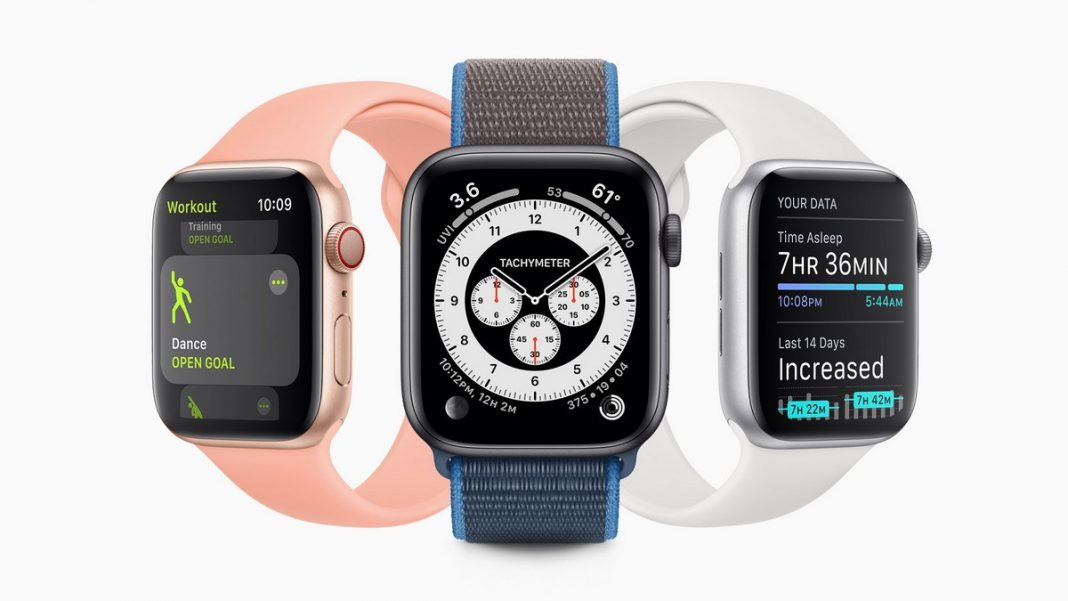










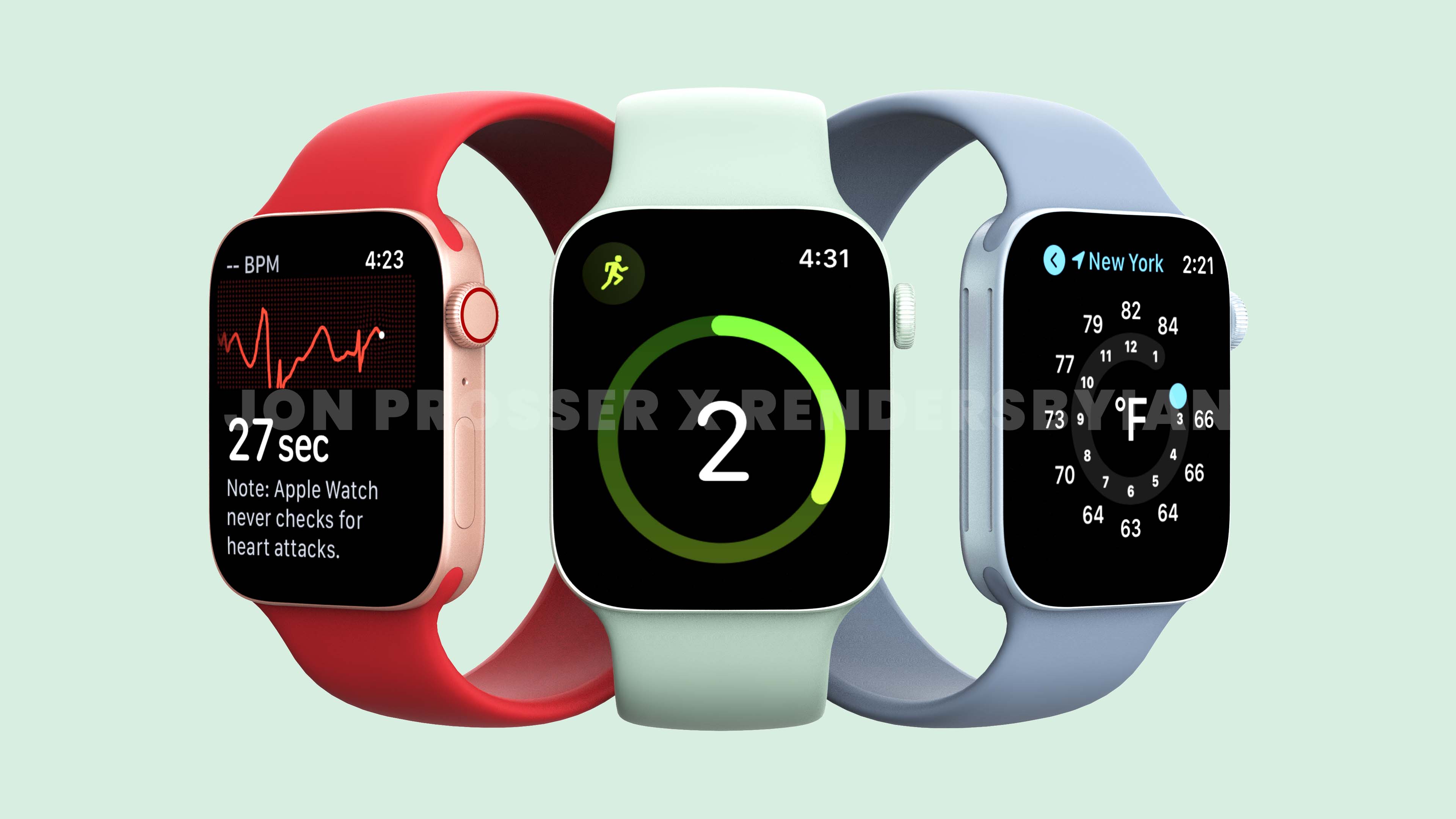



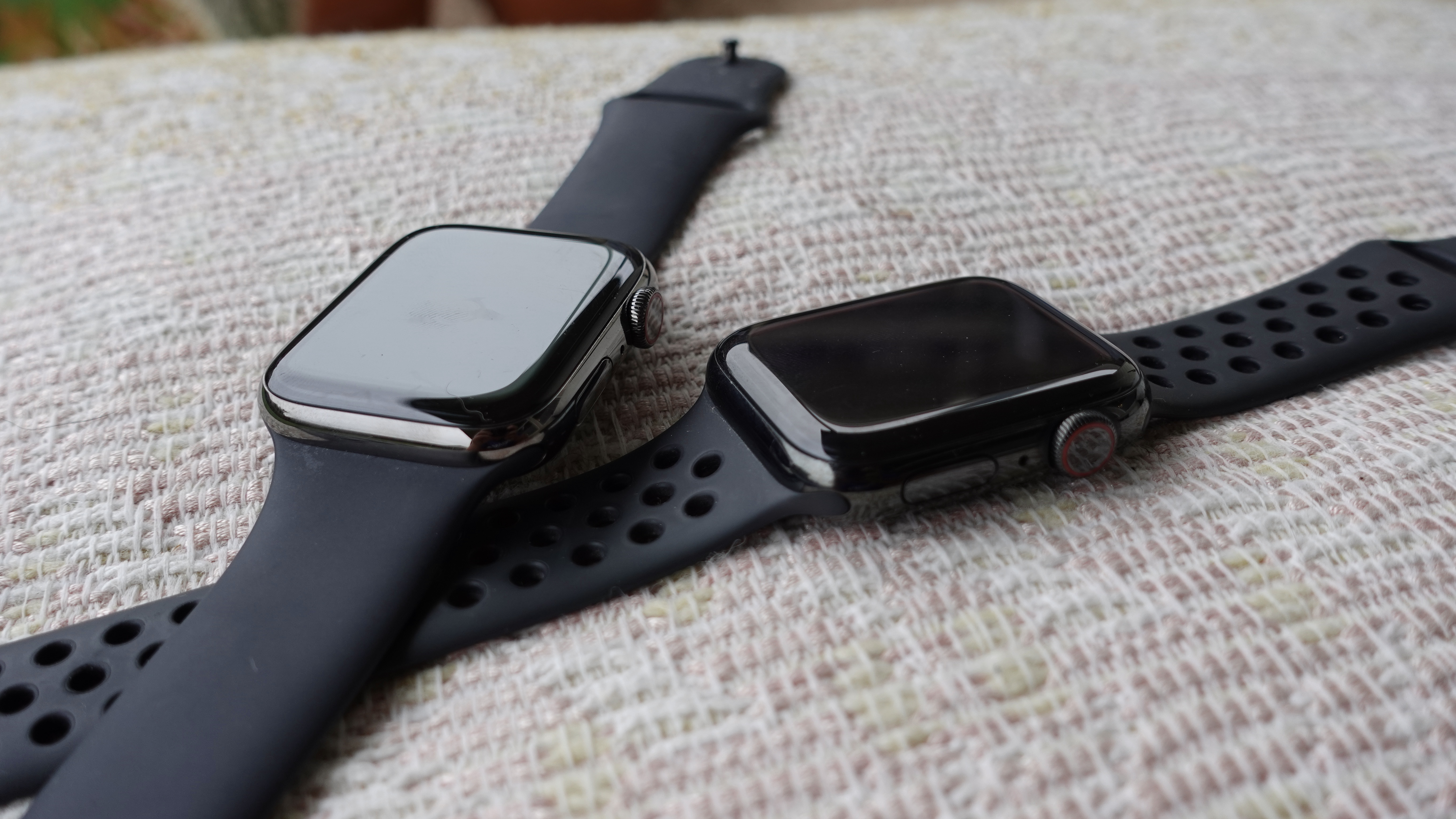




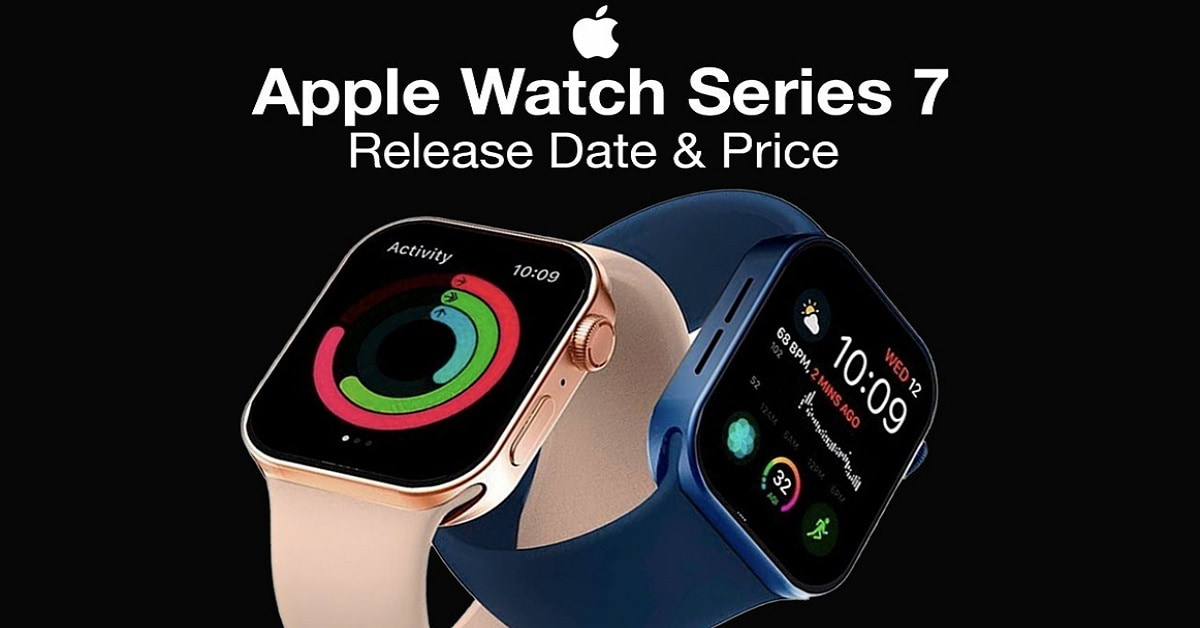

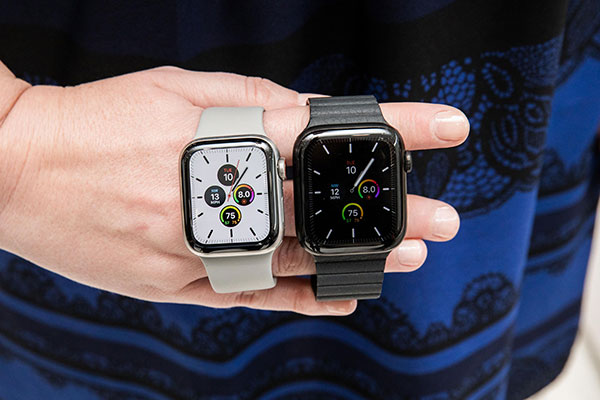

No comments:
Post a Comment
Note: Only a member of this blog may post a comment.